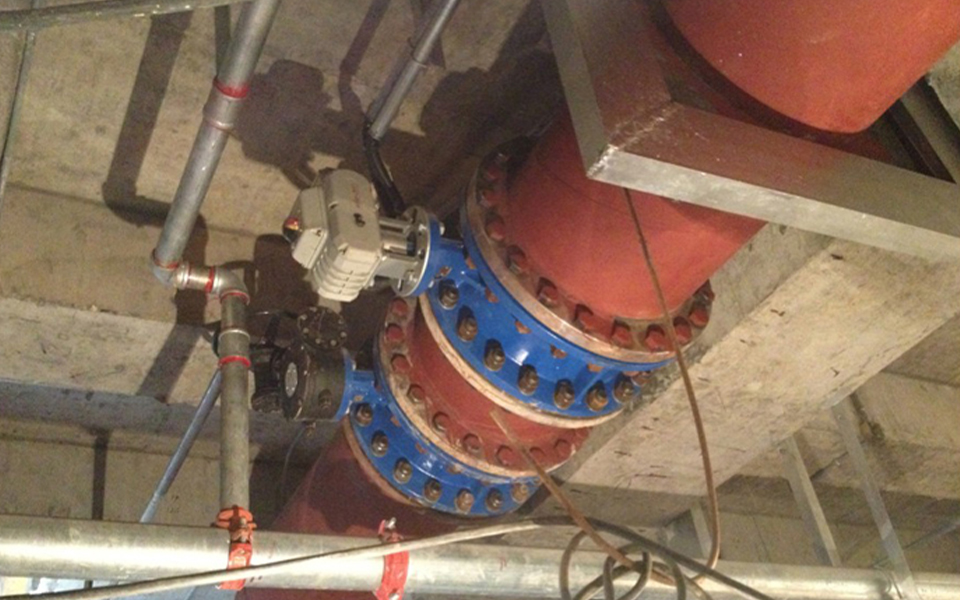INDUSTRY NEWS
Electric regulating butterfly valve structure principle and its application
The electrically regulated butterfly valve belongs to a variety of electric valves and electric regulating valves. It is an important execution unit in the field of industrial automation control. Electric adjustment butterfly valve installation points two analysis: installation position, height, import and export direction must meet the design requirements, pay attention to the direction of the medium flow should be consistent with the direction of the arrow marked on the valve body, the connection should be firm and tight.
Check the appearance before installation. For valves whose working pressure is greater than 1.0MPa and which play a cutting role on the main pipe, strength and tight performance tests should be carried out before installation. Only qualified can be used. During the strength test, the test pressure is 1.5 times the nominal pressure, the duration is not less than 5min, and the valve shell and packing should be qualified without leakage.
The electric butterfly valve can be divided into offset plate, vertical plate, inclined plate and lever type according to the structure. According to the seal form can be divided into soft seal type and metal seal type two. The soft seal type is generally sealed by rubber ring, and the metal seal type is usually sealed by metal ring.
Structure principle:
The electrically adjustable butterfly valve is usually composed of an angular travel electric actuator (0~90° partial rotation) and the butterfly valve as a whole through mechanical connection, after installation and debugging. According to the action mode, there are: switching type and regulating type.
The switch type is directly connected to the power supply (AC220V or other power grade power supply) through the switch positive and anti-conduction to complete the switching action.
The control type is based on the AC220V power supply as the power, and receives the preset parameter value of 4~20mA (0~5 and other weak current control) signal of the industrial automation control system to complete the adjustment action.
Electric adjustment butterfly valve application:
Suitable for flow regulation. Because the pressure loss of the butterfly valve in the pipeline is relatively large, the robustness of the butterfly plate under the pressure of the pipeline medium should also be considered when it is closed. In addition, the operating temperature limitations of the elastic seat material at high temperatures must be considered. The structure length and overall height of the butterfly valve are small, the opening and closing speed is fast, and the butterfly valve has good fluid control characteristics, and the structure principle of the butterfly valve is most suitable for the production of large diameter valves. When the butterfly valve is required to be used for flow control, the most important thing is to correctly select the size and type of the butterfly valve so that it can work properly and effectively.
It is suitable for fresh water, sewage, sea water, salt water, steam, natural gas, food, medicine, oil and various acid and alkali and other pipelines that require complete sealing, zero gas test leakage, high life requirements, and working temperatures of -10 degrees to 150 degrees.
The soft-sealed eccentric butterfly valve is suitable for bidirectional opening and closing and adjustment of ventilation and dust removal pipelines, and is widely used in metallurgy, light industry, electric power, petrochemical system gas pipelines and waterways.
Metal to metal wire sealed double eccentric butterfly valve is suitable for city heating, gas supply, water supply and other gas, oil, acid and alkali pipelines, as a regulating and throttling device.

